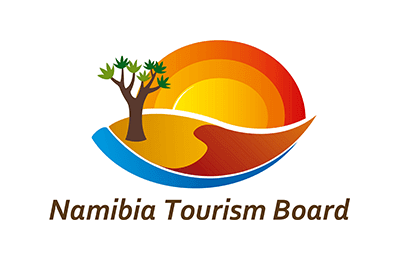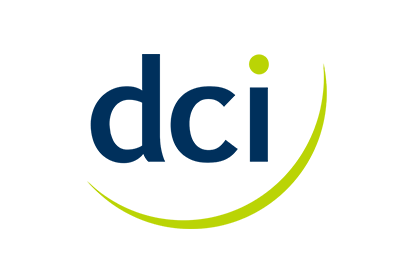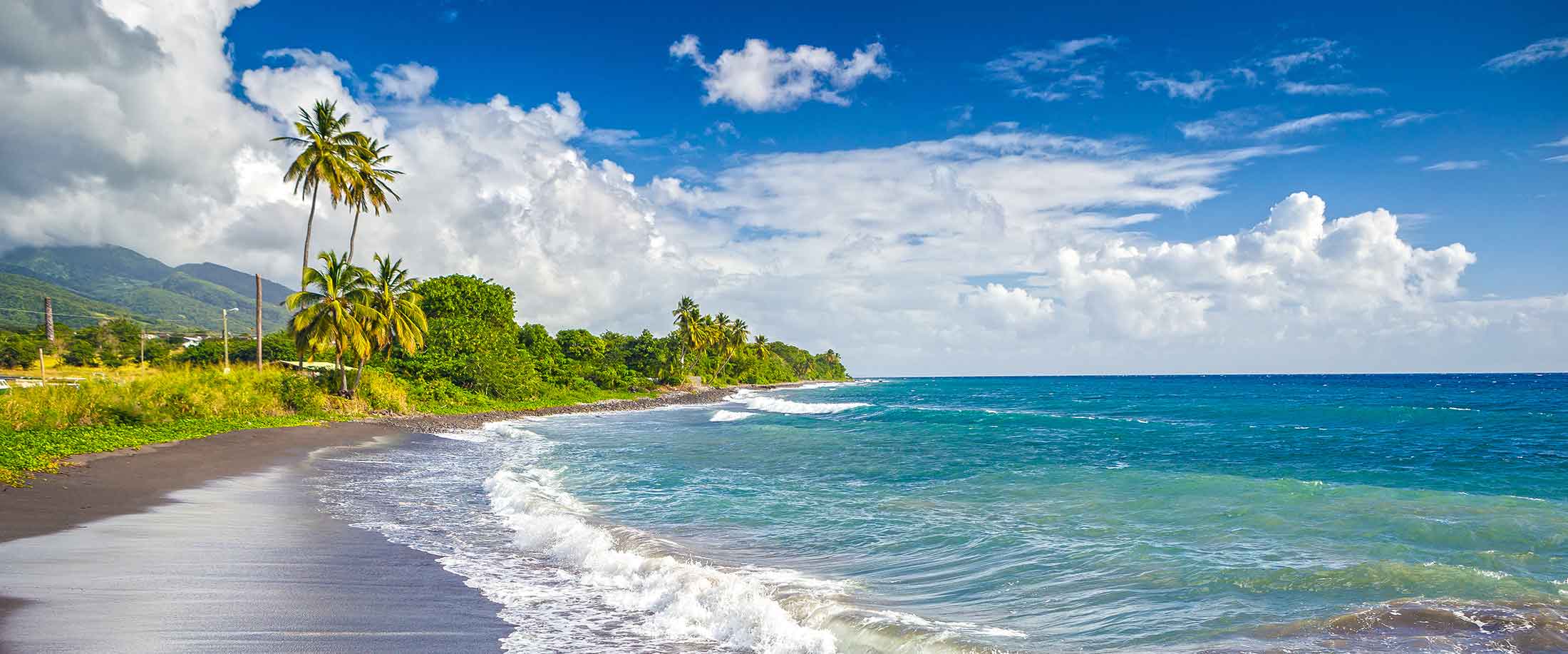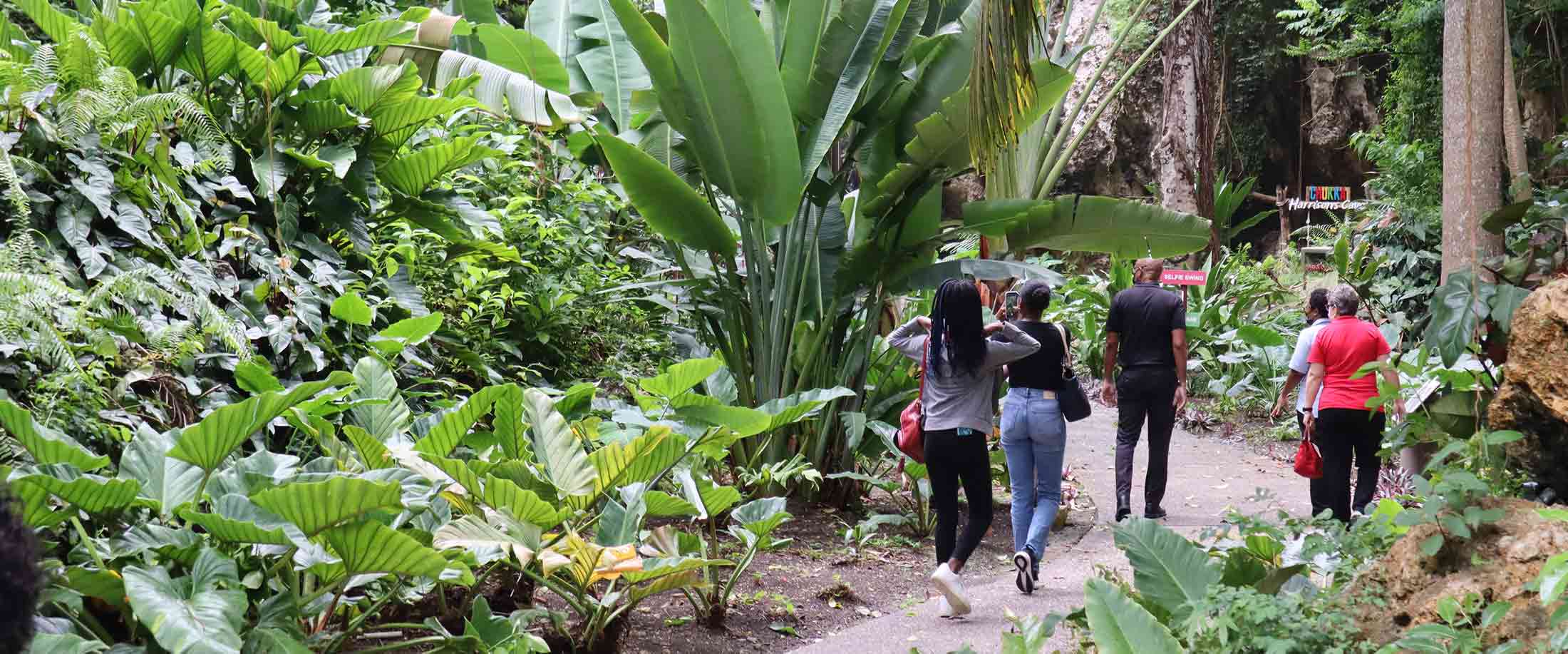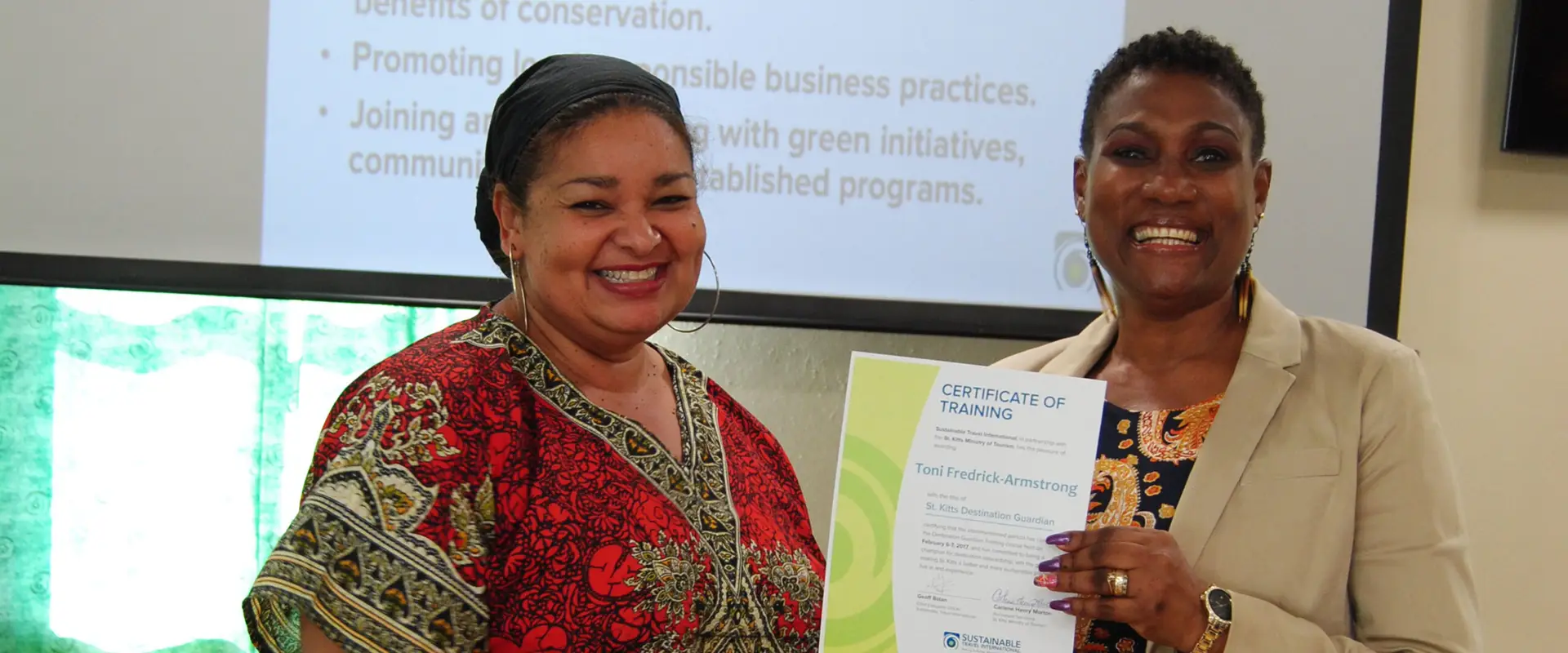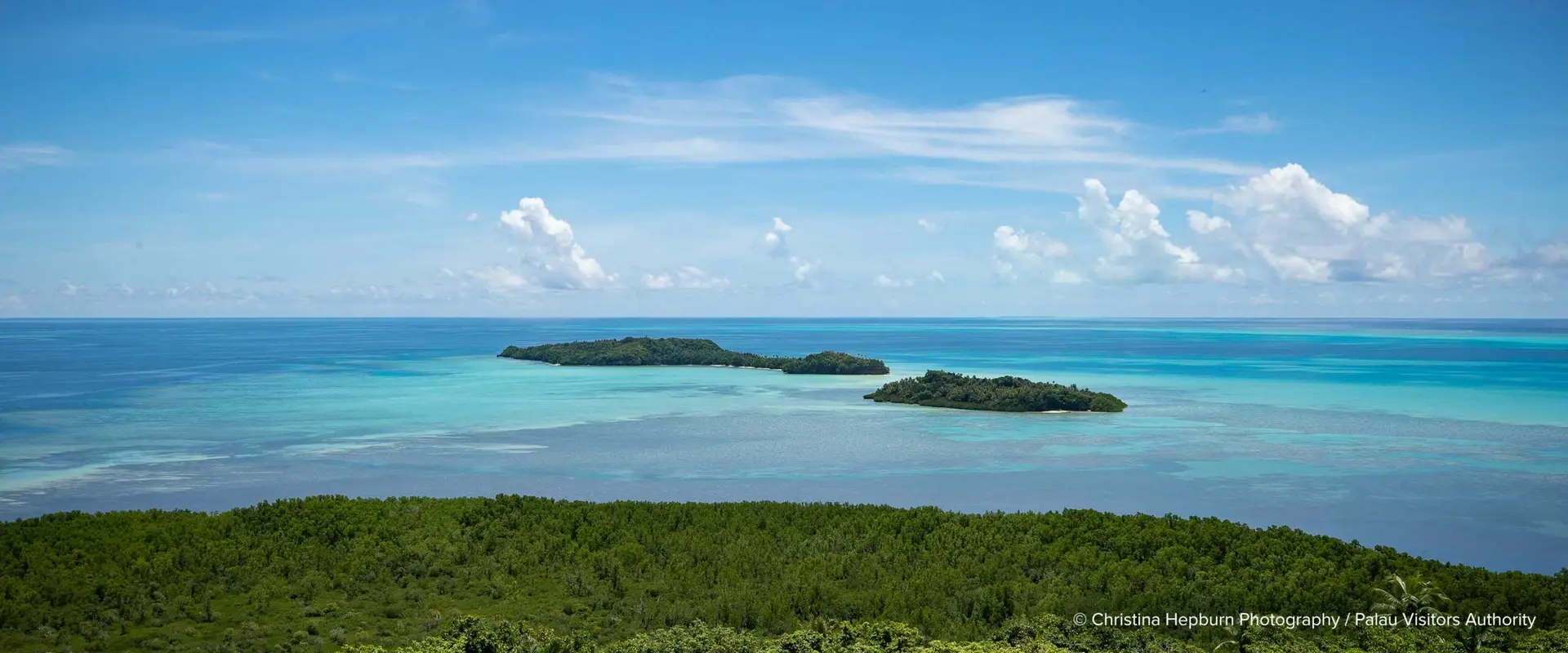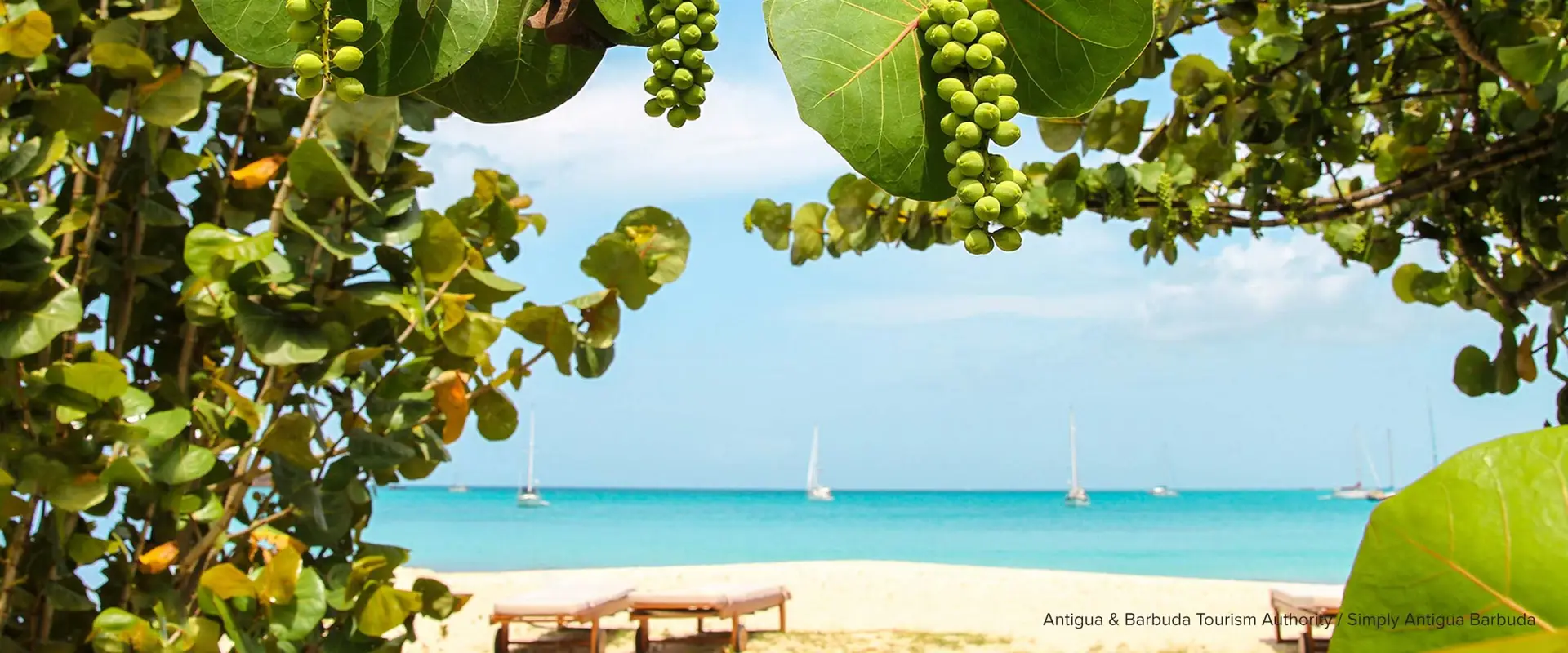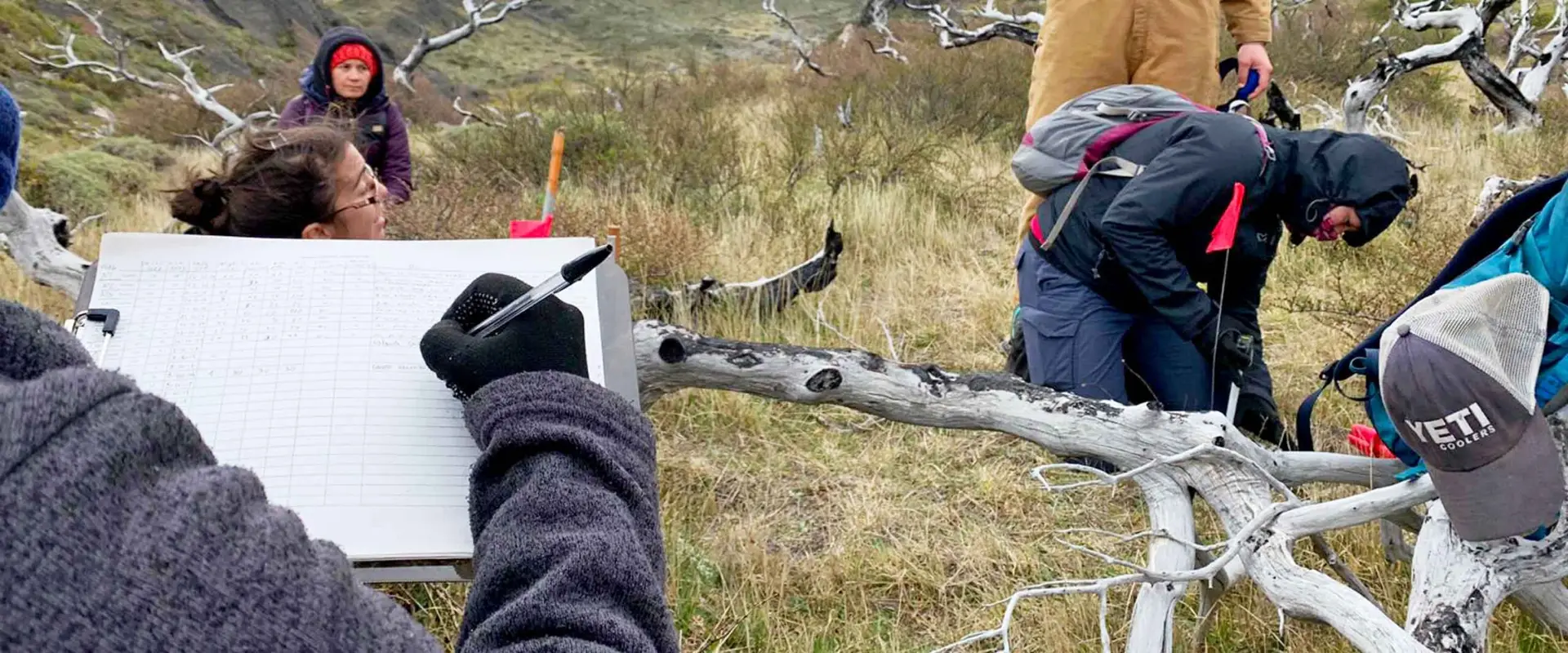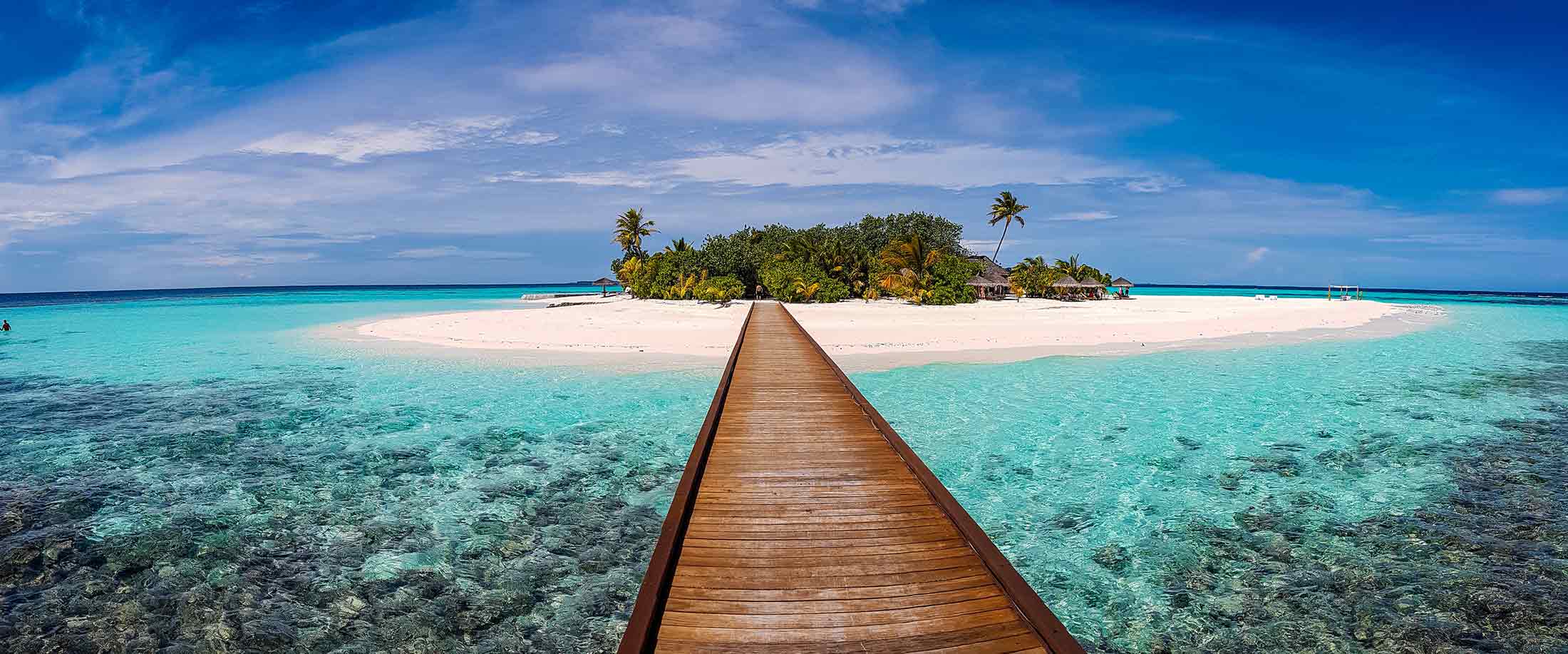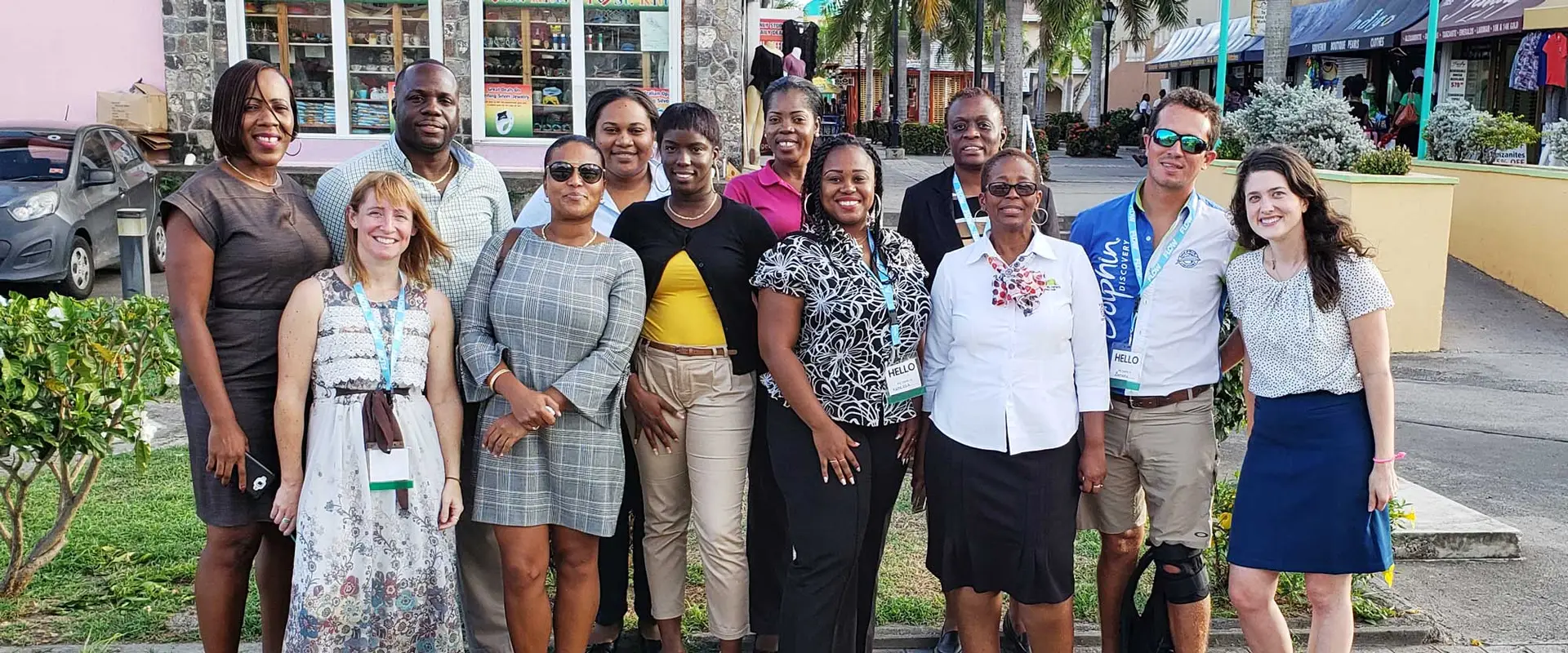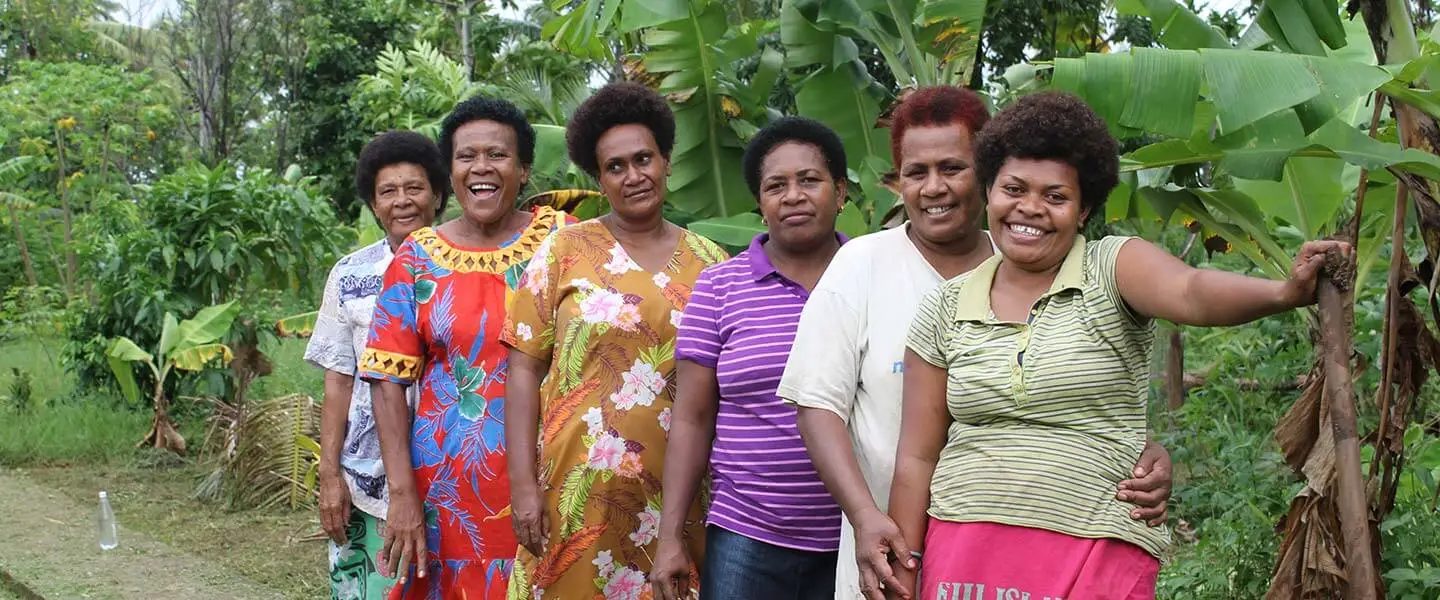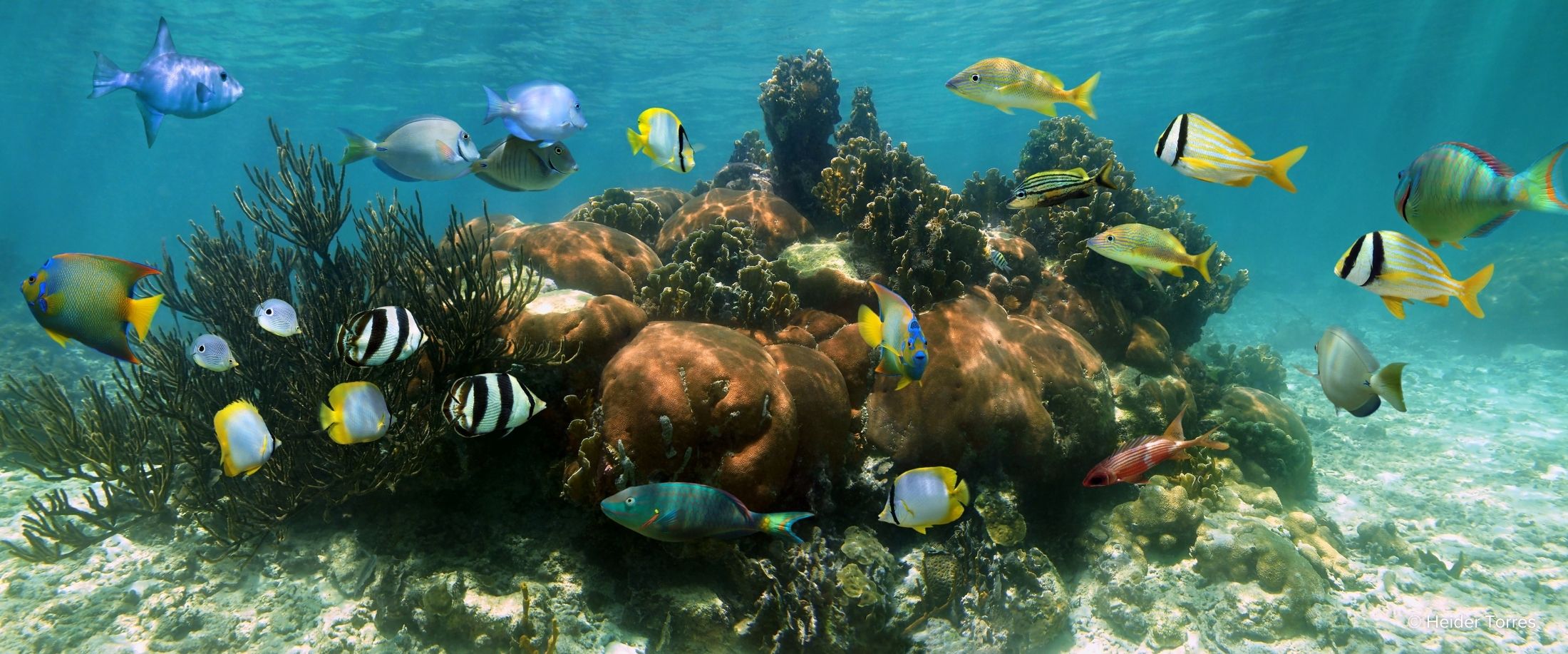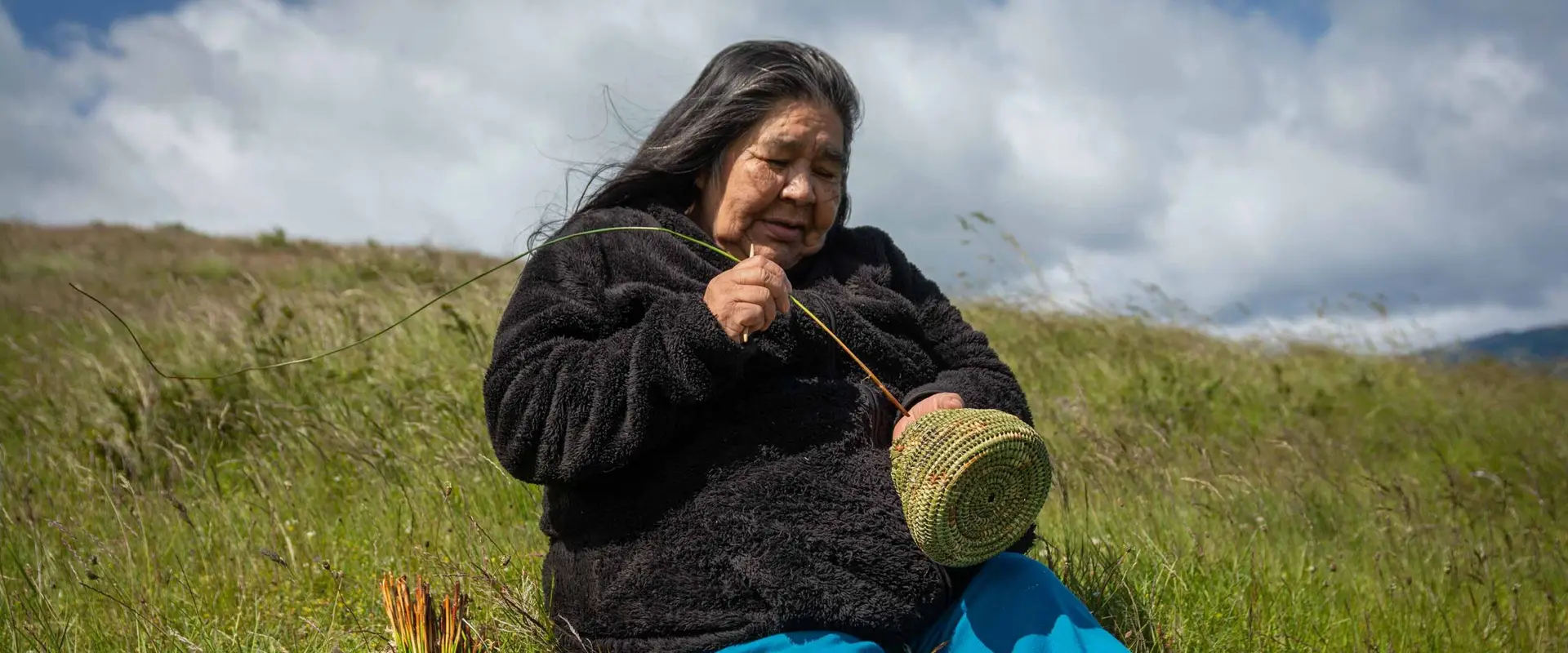Capturing the North American tourist market to alleviate rural poverty and support local conservation efforts in Namibia.
Where & Why
Located along the Atlantic Ocean in Southern Africa, Namibia spans over 800,000 square kilometers of natural and cultural diversity. Namibia’s resident population is made up of at least 11 different ethnic groups, resulting in a rich mix of heritage and traditions. Unfortunately, a large percentage of Namibia’s rural indigenous population lives in poverty due the country’s history of apartheid and the resulting income inequality. The country’s geography varies greatly, from sand dunes and rugged mountains to tropical rainforests and savannahs. These landscapes host a high number of endemic species, making wildlife conservation a crucial focus.
Namibia was the first country in the world to specifically address habitat conservation and the protection of natural resources in its constitution. This led to the establishment of 86 communal conservancies – defined geographic areas within which the local residents are responsible for the protection of the wildlife and other natural resources. Residents are also given rights over tourism operations and development within the conservancy boundaries. This means the local people are more likely to be engaged in and receive the benefits from tourism. The influx of tourists to communal conservancies combats Namibia’s high rural poverty levels by stimulating rural community development, creating new job opportunities, generating alternative income streams, and providing new skills and expertise.
Communal conservancy tourism also fosters sustainable management of natural resources and stimulates cultural preservation. Because Namibia’s most compelling tourism assets are the native wildlife and cultural heritage, local communities now associate these natural resources with increased economic benefits and place a greater value on conservation efforts. This has resulted in decreased poaching, the successful restoration of native species such as black rhinos, lions, cheetahs and zebras, and the ongoing revitalization of cultural traditions.
Of course, the success of economic development and conservation efforts within Namibia’s communal conservancies is highly contingent on the prosperity of the country’s tourism industry. While Namibia enjoyed steady tourism growth during the decade after its Independence in 1990, the economic recession in the years following led to a decline in tourist arrivals from the country’s traditional European source markets. With every tourist signifying an opportunity for poverty alleviation and resource conservation, this decrease in arrivals represented an impending threat to the well-being of Namibian communities.
Our Role
To combat the decline in European tourist arrivals and spur sustainable tourism development, Sustainable Travel International joined Cardno, a professional infrastructure and environmental services company, and other partners to implement the North American Destination Marketing (NADM) Project. The project was funded by the Millennium Challenge Account (MCA) – Namibia on behalf of the Namibia Tourism Board.
The NADM project aimed to diversify Namibia’s source markets by attracting more travelers from the United States and Canada and increasing the number of tour operators who sell Namibia. Achieving this tourism growth would mean greater benefits for local people and communities engaged in tourism, particularly those living in rural poverty, including:
- Greater local employment and economic gain from increased foreign engagement with Namibian festivals and events
- Increased local capacity and skill-set
- Enhanced appreciation and conservation of Namibia’s natural and cultural heritage
- Increased social cohesiveness
- Enhanced national and community pride
- Cultural enrichment and broader social outlook through increased interaction with other people, ideas and cultures
The project took the form of a destination marketing campaign implemented over the course of four years. The campaign promoted Namibia as an exciting new destination, with added emphasis on conservancy-based tourism. Sustainable Travel International led the Festivals and Events component of the campaign. STI’s work focused on increasing the quality and recognition of Namibian festivals and events as well as communicating the essence of the destination by offering compelling, authentic stories. Our efforts included:
- Capacity building workshops for locals focused on festival / event planning, marketing, and how to meet the needs of North American travelers
- Development of educational resources for Namibian event planners
- Relaunch of Namibia’s Ae//Gams Arts and Cultural Festival in 2014
- Targeted outreach to travel trade, PR and strategic business networks
- Event promotion through North American marketing and media channels
- Promotion of Namibia as a prime destination for North American event planners
Our work, along with other project components, contributed to the ultimate success of the campaign. There are now 141 new North American companies selling Namibia and North American tourist arrivals grew from 19,342 at the beginning of the project to 28,787 in 2014. There are also 158 new itineraries to Namibia, many of which are specifically focused on communal conservancy tourism.
While these achievements are considerable, the impact of this project extends far beyond the numbers. The resulting prosperity in Namibia’s tourism industry signifies additional economic opportunities and improved quality of life for people living in rural poverty as new jobs are created, foreign money flows into the local economy, and sustainable development is made possible. Additionally, the growth in conservancy based tourism heightens the perceived value of wildlife, habitats, cultural traditions and local heritage as prized assets, ensuring that conservation efforts continue to be a top priority.
Project Type

Destination: Namibia

Region: Africa
Location
Dates
2010-2014
Explore More Destination Projects
Protect the Places You Love
Help conserve our planet’s most vulnerable destinations and empower the people who live there. Join the movement today.


